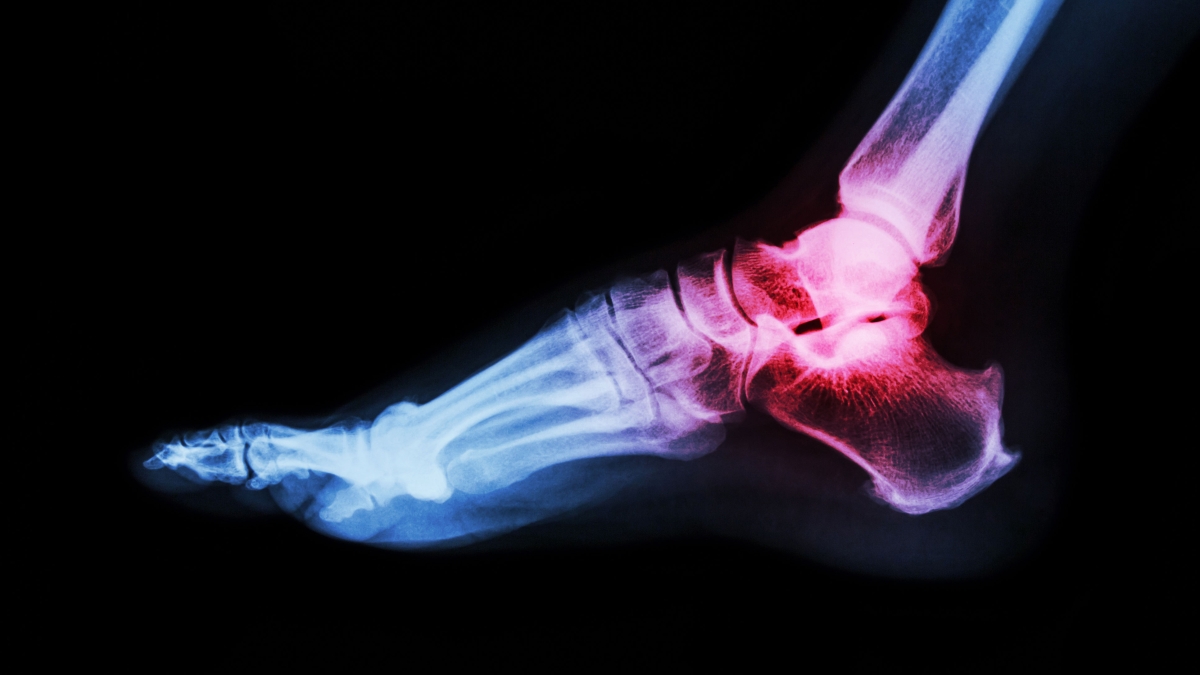For the more than 2 million lower-limb amputees in the United States, the path less traveled is usually on sand or grass.
That’s because of their prostheses. Powered ankle prostheses enable users to walk naturally and even run, in some cases. But when they switch from walking on concrete to a more compliant surface like the beach or a lawn, the ankle doesn’t understand the difference. It tries to have exactly the same motion on each surface.
“People fall because of that,” said Panagiotis Artemiadis, a roboticist at Arizona State University.
The National Science Foundation recently awarded Artemiadis and two other ASU scientists a $1 million grant to develop and test a smart robotic ankle that can adapt to walking on a variety of surfaces.
People spend 10 to 20 percent of their walking time on uneven surfaces. Using current prosthetics designs, users fall on soft surfaces about 20 percent of the time.
“It’s not a huge percent, but if you fall 20 percent of the time, it’s a huge problem,” said Artemiadis, an associate professor in the School for Engineering of Matter, Transport and Energy in the Ira A. Fulton Schools of Engineering.
Lower-limb amputees sometimes prefer a passive spring like the blades worn by Olympian Oscar Pistorius instead of a powered ankle that will enable them to walk and run because they won’t fall when they cross an uneven surface. They know what the spring will do, and they can compensate for it.
When you step from concrete to mud or sand or grass, the mechanics of how ankles and knees move changes. Everyone knows it’s harder to walk on sand than a sidewalk, for instance. Muscles move differently on different surfaces.
“We want to create a robotic ankle that is powered but can identify differences on the walking-surface compliance, and adapt to that so that it can transition between surfaces,” Artemiadis said. “You can go from sand back to concrete and solid surfaces and transition from grass to mud and still not have any problems.”
Human-systems engineering program chair Rob Gray from the Polytechnic School will help design the system and test it from a human-factors standpoint. Height and weight play significant roles in lower-limb prostheses. Roboticist Tom Sugar will also work on designing the prosthetic.
“It’s a project that will have an impact out of the lab,” Artemiadis said.
More Science and technology

Science meets play: ASU researcher makes developmental science hands-on for families
On a Friday morning at the Edna Vihel Arts Center in Tempe, toddlers dip paint brushes into bright colors, decorating paper fish. Nearby, children chase bubbles and move to music, while…

ASU water polo player defends the goal — and our data
Marie Rudasics is the last line of defense.Six players advance across the pool with a single objective in mind: making sure that yellow hydrogrip ball finds its way into the net. Rudasics, goalkeeper…

Diagnosing data corruption
You are in your doctor’s office for your annual physical and you notice the change. This year, your doctor no longer has your health history in five-inch stack of paperwork fastened together with…


